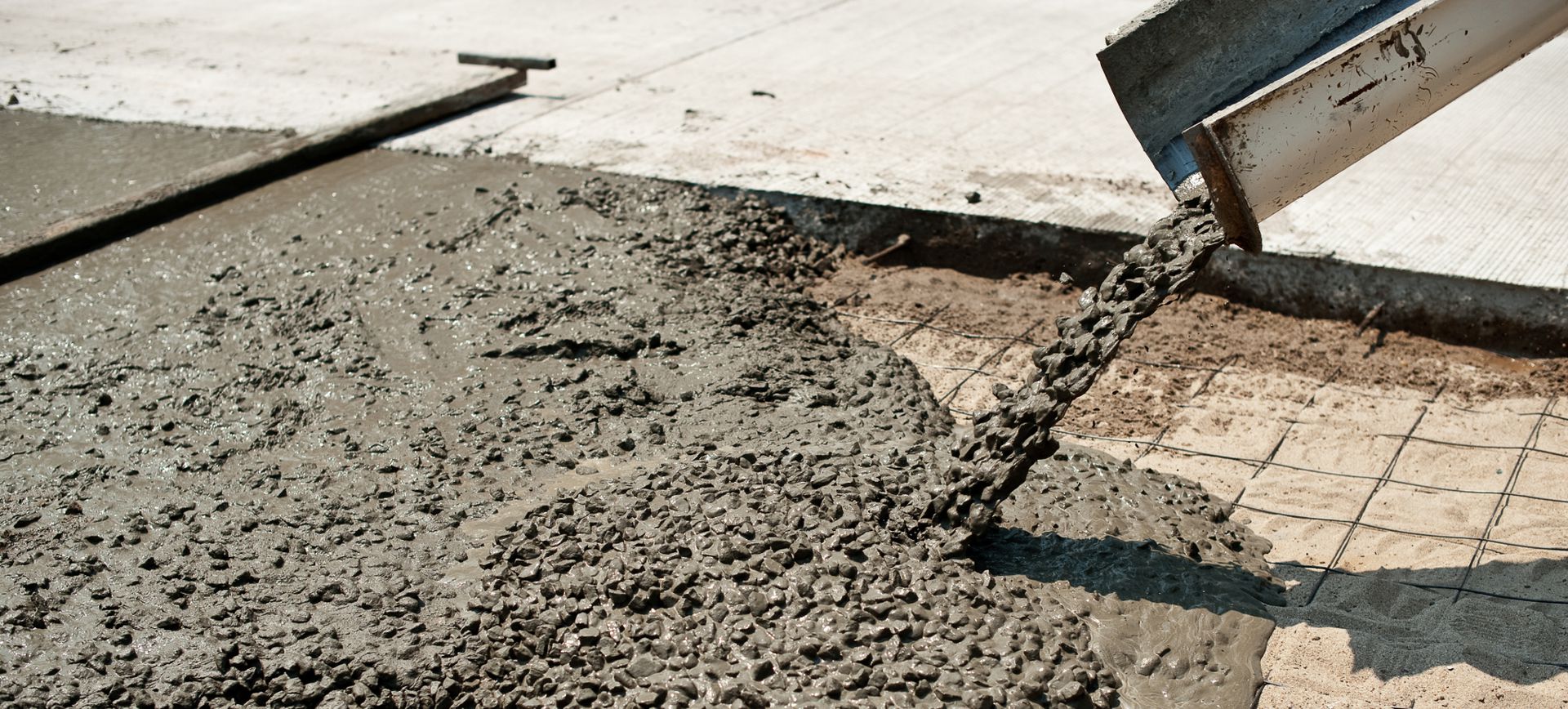Concrete Curing
Established in 1976, Chemical House has been a fixture in the Australian construction chemical industry for over 40 years.
A pioneer in the curing space in conjunction with the TMR we developed Australia’s first water-based curing compound, we maintain strict AS3799 approval to Australian standards and compliance with main roads specifications.
Concrete
Concrete is a combination of cement, aggregates and porosity (air space)
The “setting” of concrete is a chemical reaction not just a drying process, It is a hydration reaction called curing.
Different cements have slightly different reaction pathways but Portland cements are the most common.
Most curing occurs in the first 72 hours, but design strength is reached at 28 days. It can continue to cure for up to 2 years.

Why is Curing Important?
The concrete must “cure” optimally to reach its design strength (measured in megapascals (MPa).
The structural engineer has based his loading on the concrete to reach the design strength.
The concrete company bases their load strength calculations on fully cured slabs Insufficient water at critical junctions causes the reaction to be incomplete in sections of the concrete, causing:
Lower compression strength, weakened internal bonds which are unable to handle lateral stresses, causing cracks (mostly commonly on the surface).
This can be minor “craze cracking” major cracks causing structural defects or dry/dusting slabs.Hydration can be optimized by either wetting the slab continuously, or installing an impermeable barrier to prevent evaporation (i.e. retaining the moisture in the slab supplied at time of pour)To meet Australian Standards (A3799) a “curing compound” must retain 90% of the original concrete water for 72 hours.